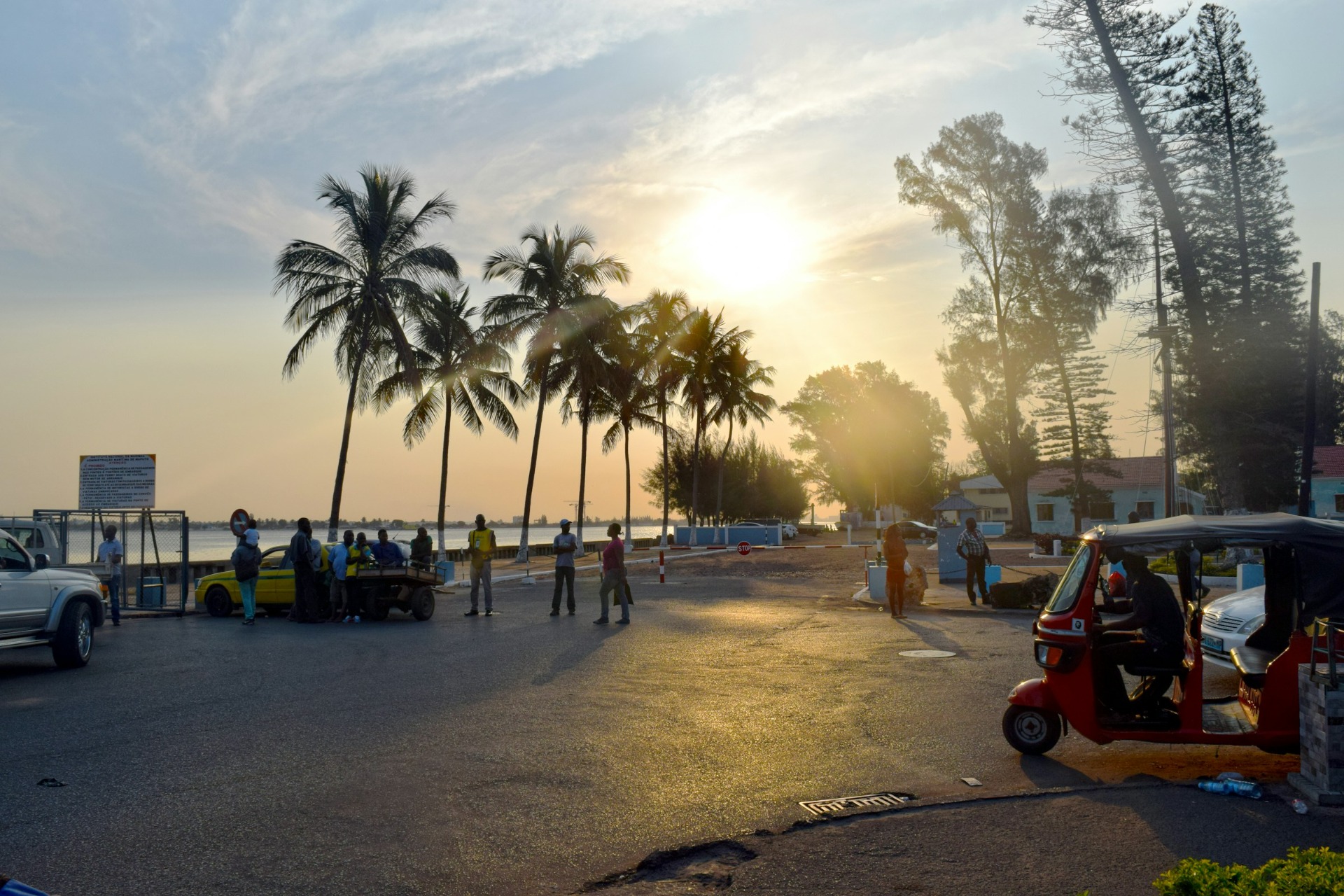
Kosi Bay - Ponta do Ouro border post
Border Crossings: Kosi Bay / Ponta do Ouro (Farazela)
The Kosi Bay (South Africa) / Ponta do Ouro (Mozambique) crossing – also known as the Farazela border on the Mozambican side – serves as a specialized route designed primarily for tourism. Unlike the chaotic commercial artery of Lebombo/Ressano Garcia, this crossing operates under entirely different parameters, with its own unique set of logistical challenges centered on strict time constraints and demanding vehicle requirements.
1. Strictly Limited Operating Hours (Time Management)
The Kosi Bay border is characterized by rigorously enforced, restricted opening hours that demand precise travel planning.
The Clock is Your Enemy
Operating Hours: The border crossing is open daily from 8am to 5pm.
The 4pm Rule: Travelers are strongly advised to arrive no later than 4pm, as the border closes punctually at 5pm and late arrivals will be turned away. This isn't a guideline – it's an absolute deadline that's strictly enforced.
Seasonal Congestion
While the crossing is generally quieter than Komatipoort, don't assume you'll breeze through. During peak holiday periods – particularly at Easter and from mid-December to mid-January – expect long queues of vehicles. During these times, arriving early becomes even more critical.
Journey Time Uncertainties
The recommended travel time from Johannesburg to the border is 7 to 8 hours. However, this is optimistic. The actual journey can extend significantly due to potholes, slow-moving trucks, and livestock on the road. If you're cutting it close with your timing, these delays create a real risk of missing the strict 5pm closure – which would mean spending an unplanned night on the South African side.
2. Mandatory 4x4 Requirement (Infrastructure Barrier)
This is the single biggest logistical hurdle and the most important infrastructural restriction at this border crossing: what you drive determines where you can go.
The 4x4 Mandate
A 4x4 vehicle is essential and mandatory to reach popular destinations including Ponta Malongane, Ponta Mamoli, and Santa Maria. This isn't a recommendation – it's a requirement.
Why? The roads to these southern destinations consist of deep, unconsolidated sand tracks that are completely impassable without four-wheel drive.
Ponta do Ouro: Partially Accessible
There's good news and bad news about Ponta do Ouro village itself:
- Good news: The road to the center of Ponta do Ouro is now fully tarred.
- Bad news: The turnoffs and roads within the village and to most accommodation facilities still require 4x4 capability.
Technical Tip for 4x4 Drivers
If you're tackling the sand roads, lower your tire pressure to 0.8 to 1.4 bar (or between 1.2 and 1.5 bar) before heading onto the sandy sections. This increases your tire's footprint and dramatically improves traction in deep sand.
The Maputo Exception
Heading north toward Maputo? You're in luck. No 4x4 required. The road (N200) from the border northward is completely tarred and in good condition.
3. Logistical Solutions for 2x4 Vehicles
Don't have a 4x4? You're not stuck. There's an established system for standard vehicle (2x4) travelers to access the beach resorts.
Secure Parking
2x4 vehicles can be left in secure, fenced parking areas on the South African side of the border. Costs run approximately R25 to R60 per day – a small price for peace of mind.
Transfer Services
From the parking area, 4x4 transfer services can be arranged to ferry passengers and luggage to their accommodation for a fee. Typical costs:
- To Ponta do Ouro: approximately R250 per person one way
- To Ponta Malongane: approximately R280 per person one way
This system works smoothly and is widely used by travelers who don't own suitable vehicles.
4. General and Documentary Requirements
Like all border crossings, specific documentation and customs regulations must be strictly observed.
Customs Regulations: The Beer Ban
Here's a critical rule that catches many travelers off guard: it is not permitted to bring beer into Mozambique in any quantity. The sources emphasize this with urgency: "do NOT chance it!" Whatever you've heard about allowances or looking the other way – forget it. Leave the beer behind.
Mandatory Documents
You'll need:
- Mandatory Third-Party Liability Insurance (TPL), which can be purchased at the border crossing
- Temporary Import Permit (TIP) for your vehicle
The Process
Border crossing involves several steps:
- Obtain a Gate Pass on both sides
- Get it stamped at Immigration and Customs
- Complete vehicle customs formalities
Stock Up Before Crossing
Fill up and stock up in Manguzi (South Africa) before reaching the border. Prices in Mozambique are often higher, and there are reports of contaminated fuel in Ponta do Ouro – a problem you definitely want to avoid in a remote coastal area.
Planning Your Kosi Bay Crossing
Success at this border comes down to three things: timing, vehicle capability, and preparation.
Timing: Leave ample margin for delays and aim to arrive well before 4pm. The 5pm closure is absolute.
Vehicle: Know your limitations. If you're driving a 2x4, embrace the park-and-transfer system rather than attempting sandy tracks that will leave you hopelessly stuck.
Preparation: Sort your documentation, fuel up in Manguzi, leave the beer behind, and lower your tire pressure if you're driving a 4x4 onto sand.
Unlike the dysfunction at Lebombo/Ressano Garcia, Kosi Bay's challenges are predictable and manageable. Follow the rules, respect the constraints, and you'll find this crossing to be a perfectly viable gateway to Mozambique's stunning southern coastline.